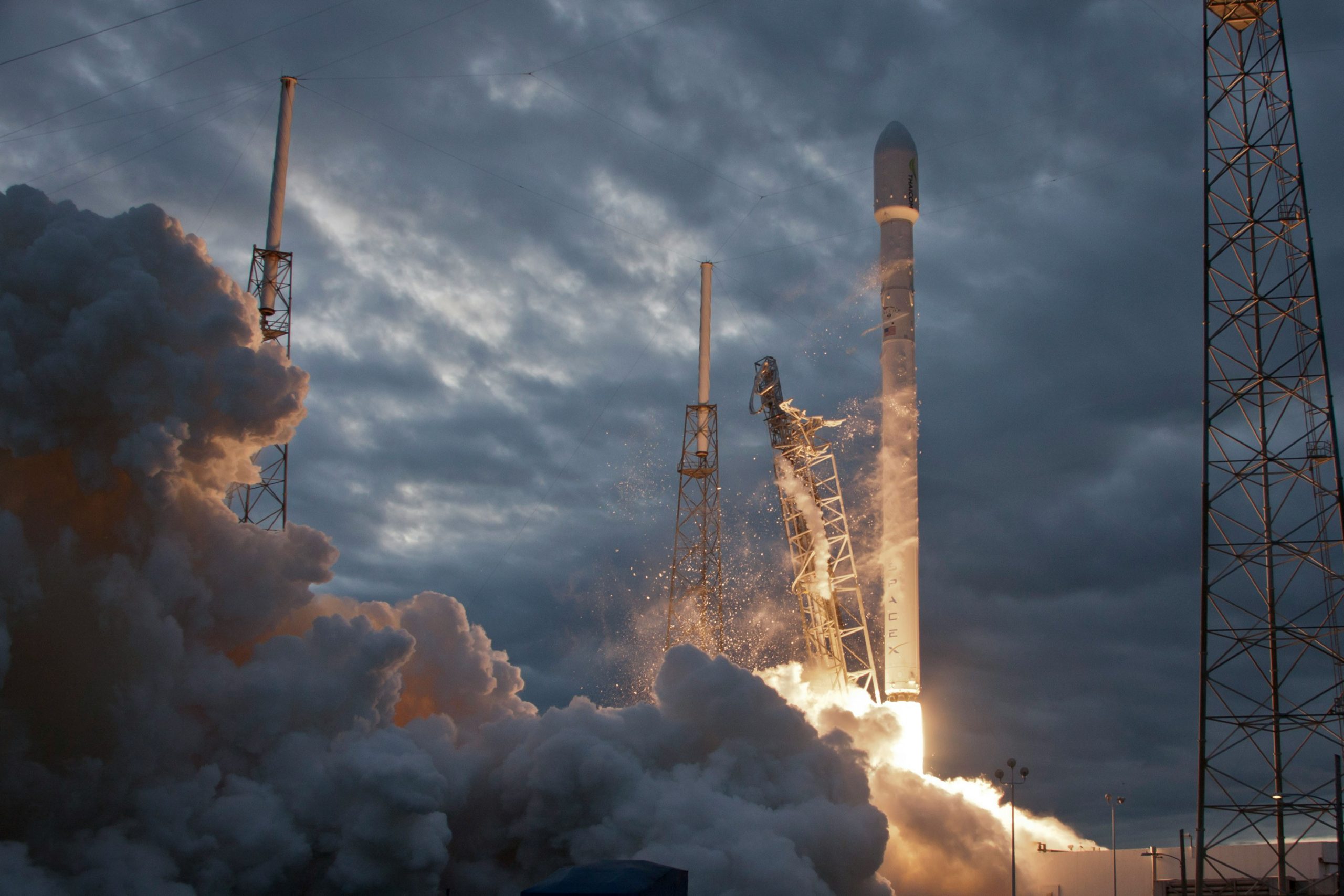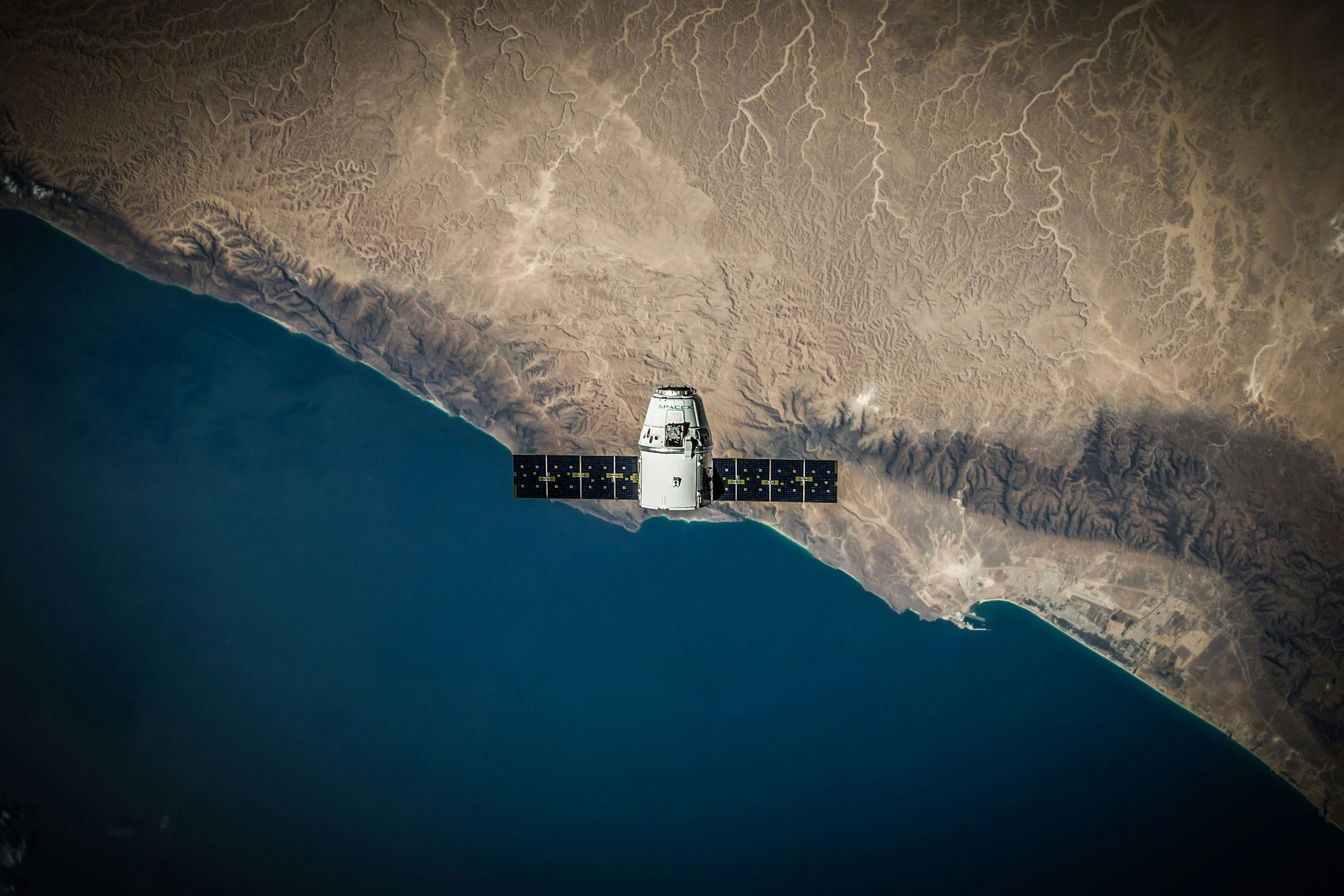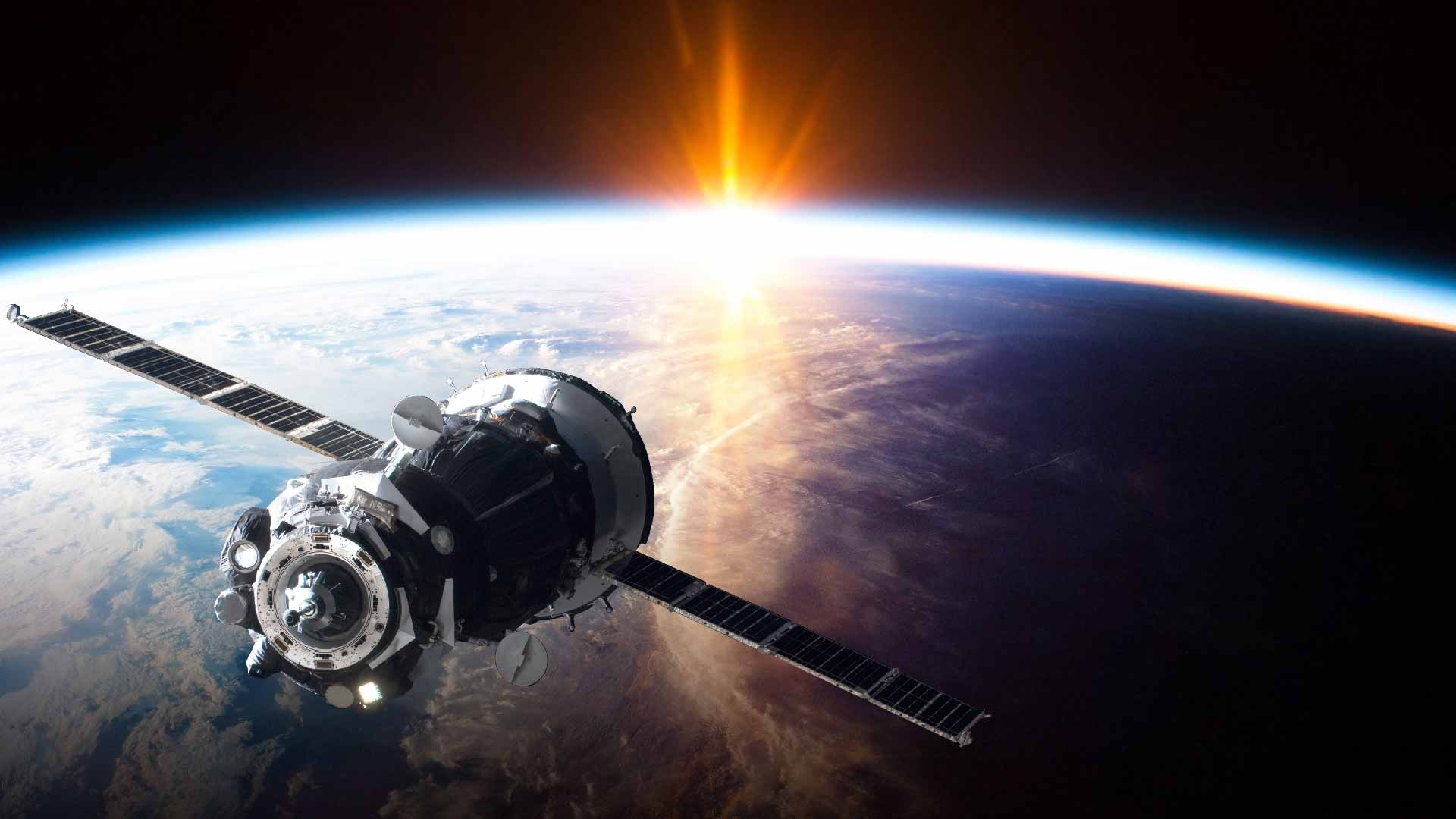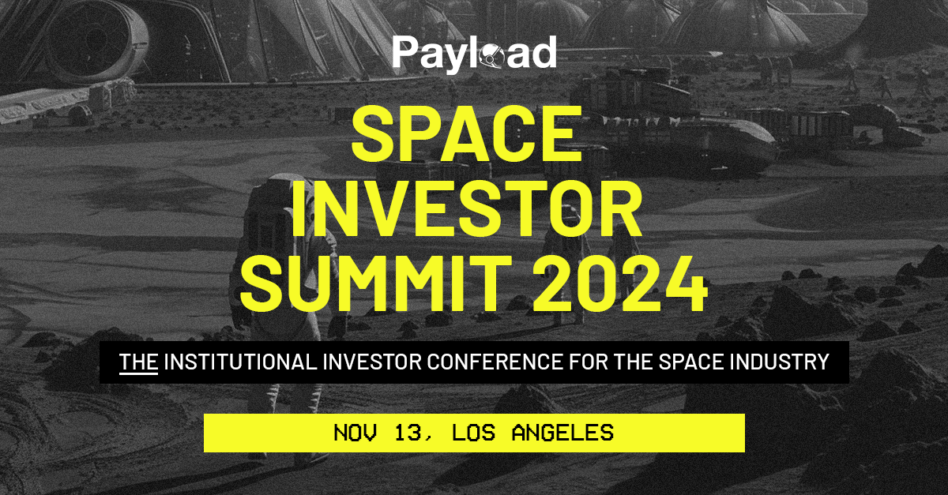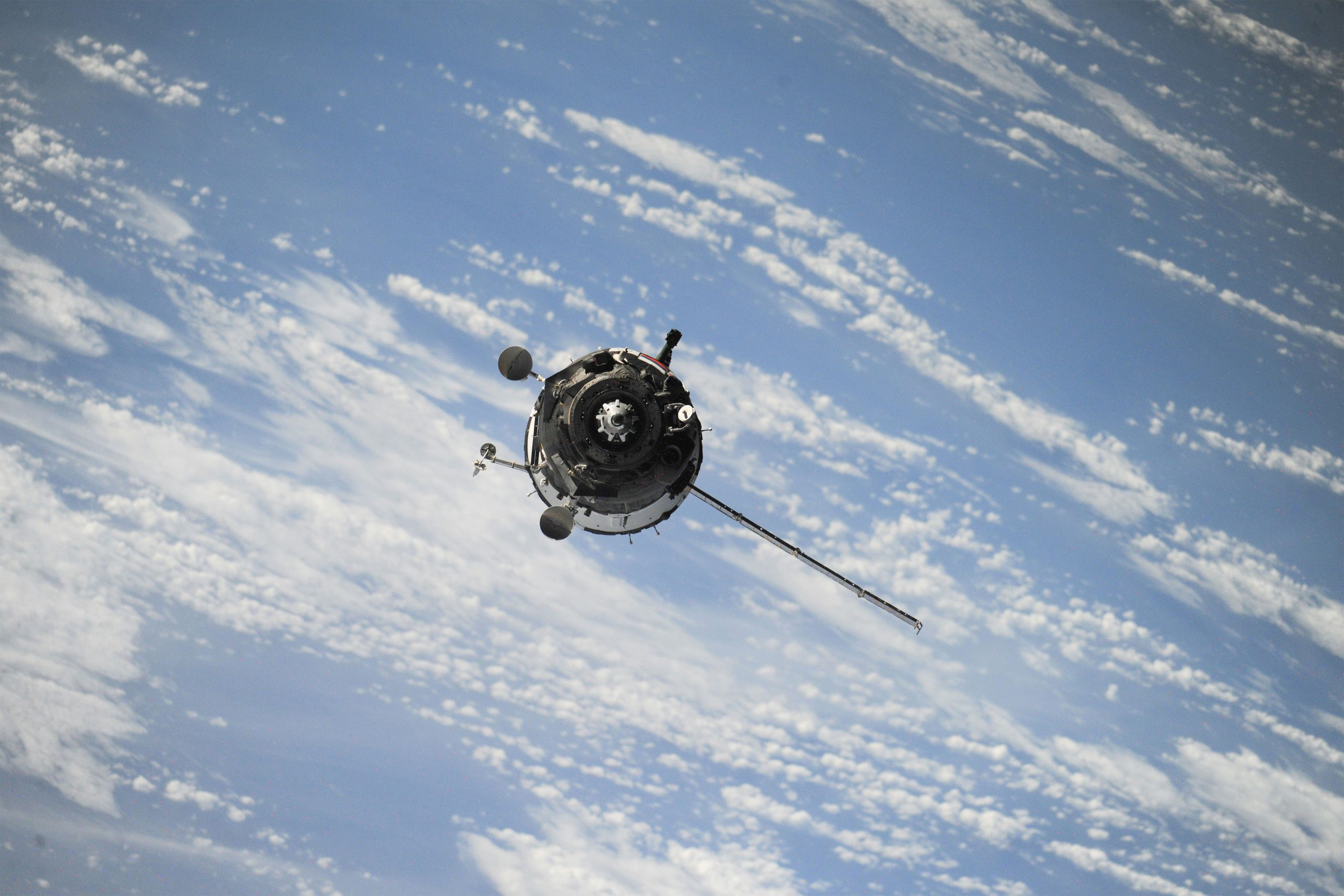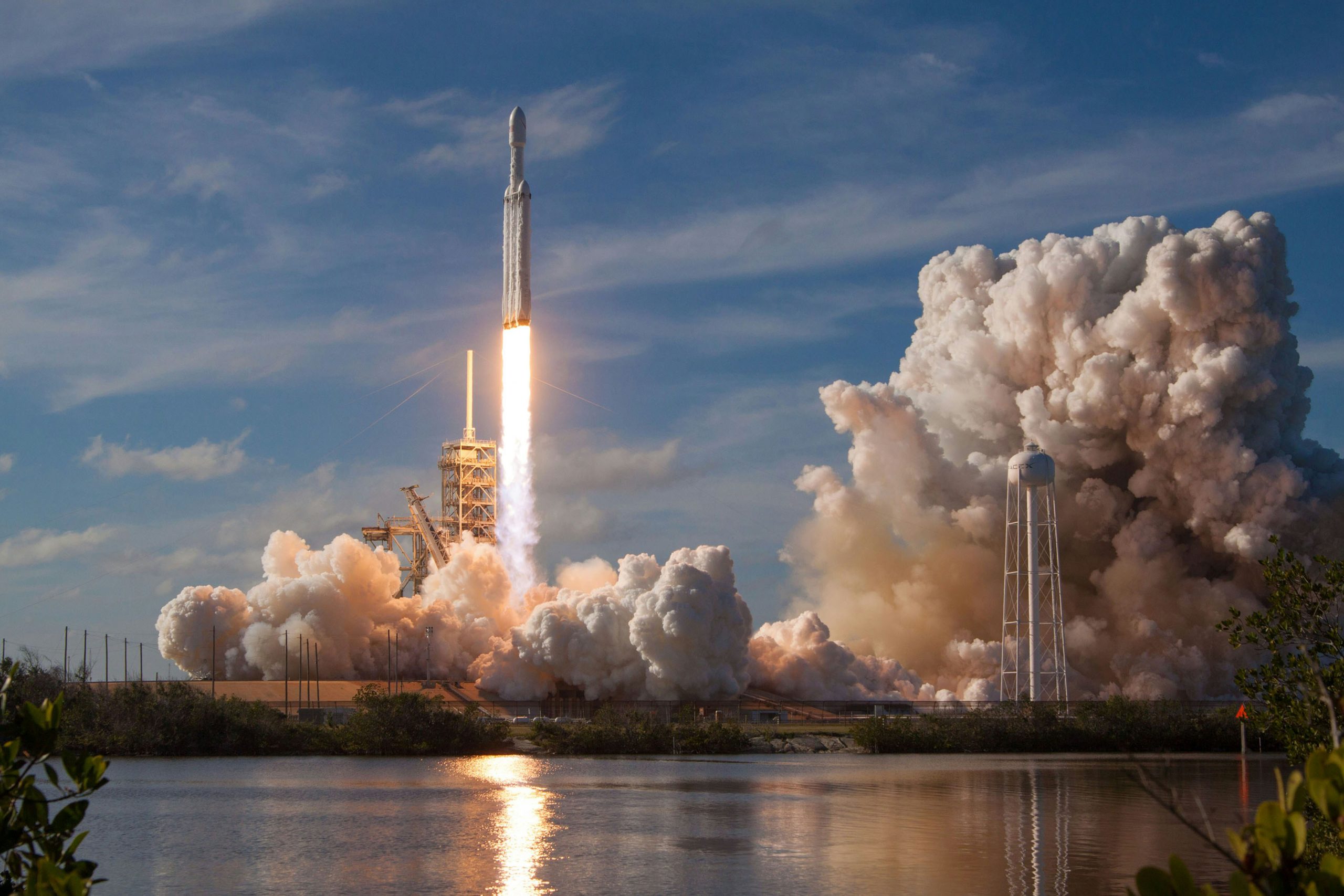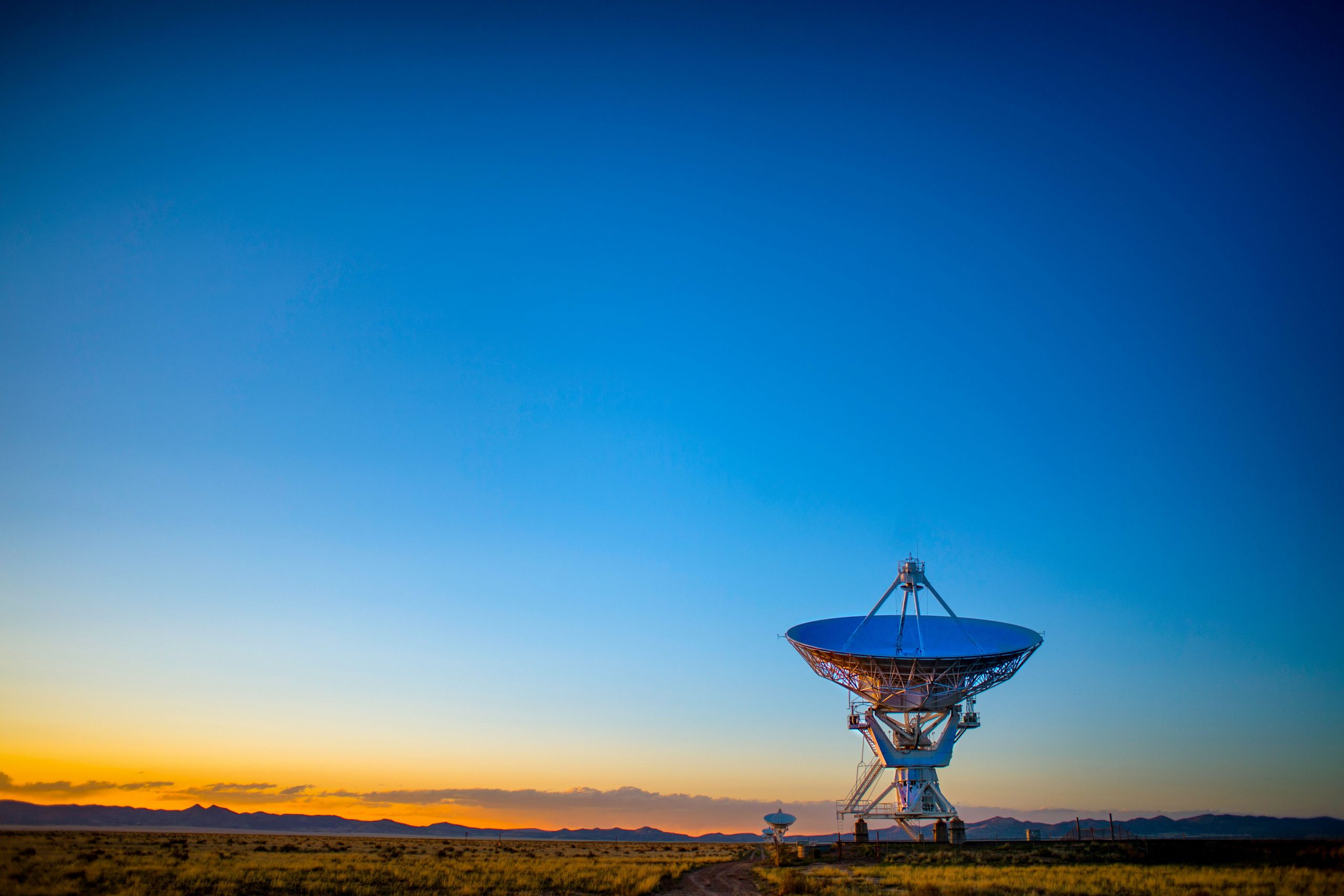With so many countries and organisations vying for access to space, who controls the limited available resources? It comes down to space superiority – or the group that has the most prominent presence. To help us explore this phenomenon, we invited Philip Hover-Smoot, the CEO of Scout Space, to speak to us on Episode 47 of The Satellite & NewSpace Matters Podcast. Here are his insights:
“From a business perspective, our immediate concept of space superiority is ensuring that the people tasked with maintaining it are appropriately equipped to do so. We take our job for the US Department of Defense extremely seriously; that is why we exist. Frankly, we can’t exist without them. There is a symbiotic and synergistic relationship there. Their stakeholders are perfectly aligned with ours, and their problems are ours. We are trying very hard every day to understand what those problems are so that we can create solutions for them.
That said, when I think about space superiority, the importance there is not necessarily how we make sure that taxpayer dollars are spent on cool tech. Space has been a war for domain since day one. It still is, and honestly, I think we’re squandering it. If you look at the approach of the US, both from a government spending perspective and from a commercial industry spending perspective, we are not prioritising it appropriately. We’ve been advocating on the Hill for more attention to be focused on appropriate spending and budgetary allocation. We’ve been out talking with investors, trying to convince them that this is an important problem that needs to be solved.

Realistically, I do not think that we (and by that, I mean the Western NewSpace world) are squandering an opportunity. A lot of blood, sweat, tears and sacrifice went into getting us to the position of primacy that we have today. The US leads space, but that won’t be the case forever. If we are not innovative, and we are not allocating money appropriately, we are going to lose our superiority, and that is not a thing we want to lose. The strategic implications of that are hugely substantial. Space superiority, to me, is not just us selling widgets to Space Force to go help them find dots, streaks and blobs. We love that business. We’re going after it. But it’s about the whole industry and government realising that there’s a real threat, and that threat is imminent, and it needs to be addressed.
Our attitude is almost childlike in NewSpace. We think, ‘Oh, this is a fun domain to go and put up EO constellations in and test weird communications capabilities in’. The reality is that none of that matters. If it’s contested, they’re all dead within 10 minutes. To me, that is unacceptable. Moreover, a lot of commercial industry today is recreating tech that’s been around for 50 years, and we’re saying it’s novel, and we’re trying to do it at a lower price point. There’s some logic to that, but I think we’re missing the boat. Space superiority is about pushing the edge and finding new ways to do things. That means looking at truly novel capabilities; things that no one’s ever done. That needs to change if we want to maintain our space superiority.”
To hear more form Philip, tune in to Episode 47 of The Satellite & NewSpace Matters Podcast here.
We sit down regularly with some of the biggest names in our industry, we dedicate our podcast to the stories of leaders in the technologies industries that bring us closer together. Follow the link here to see some of our latest episodes and don’t forget to subscribe.
